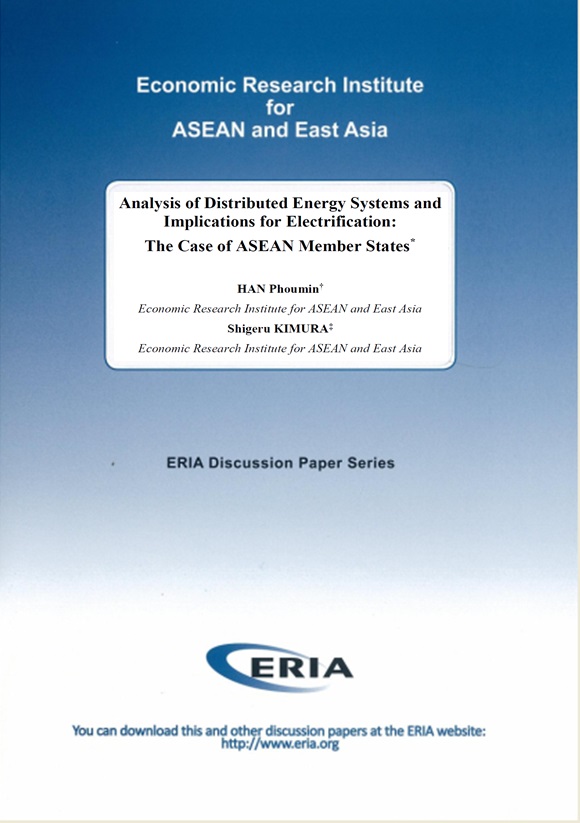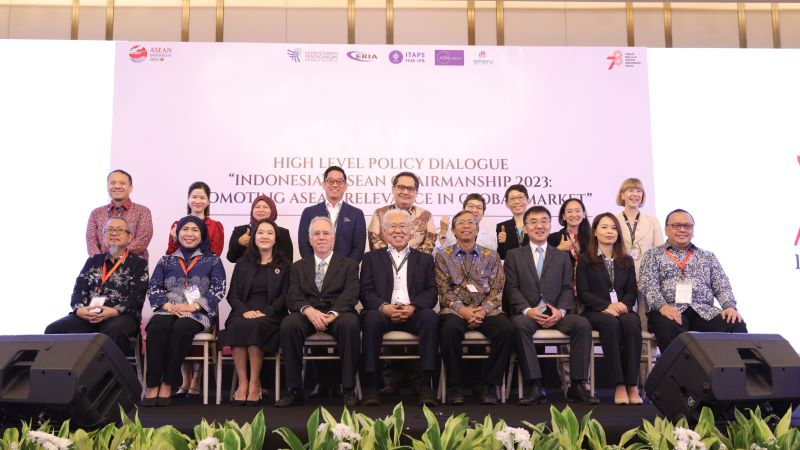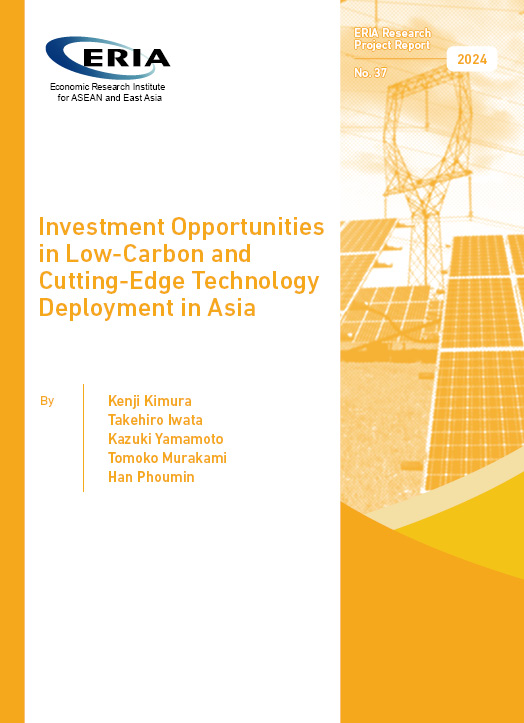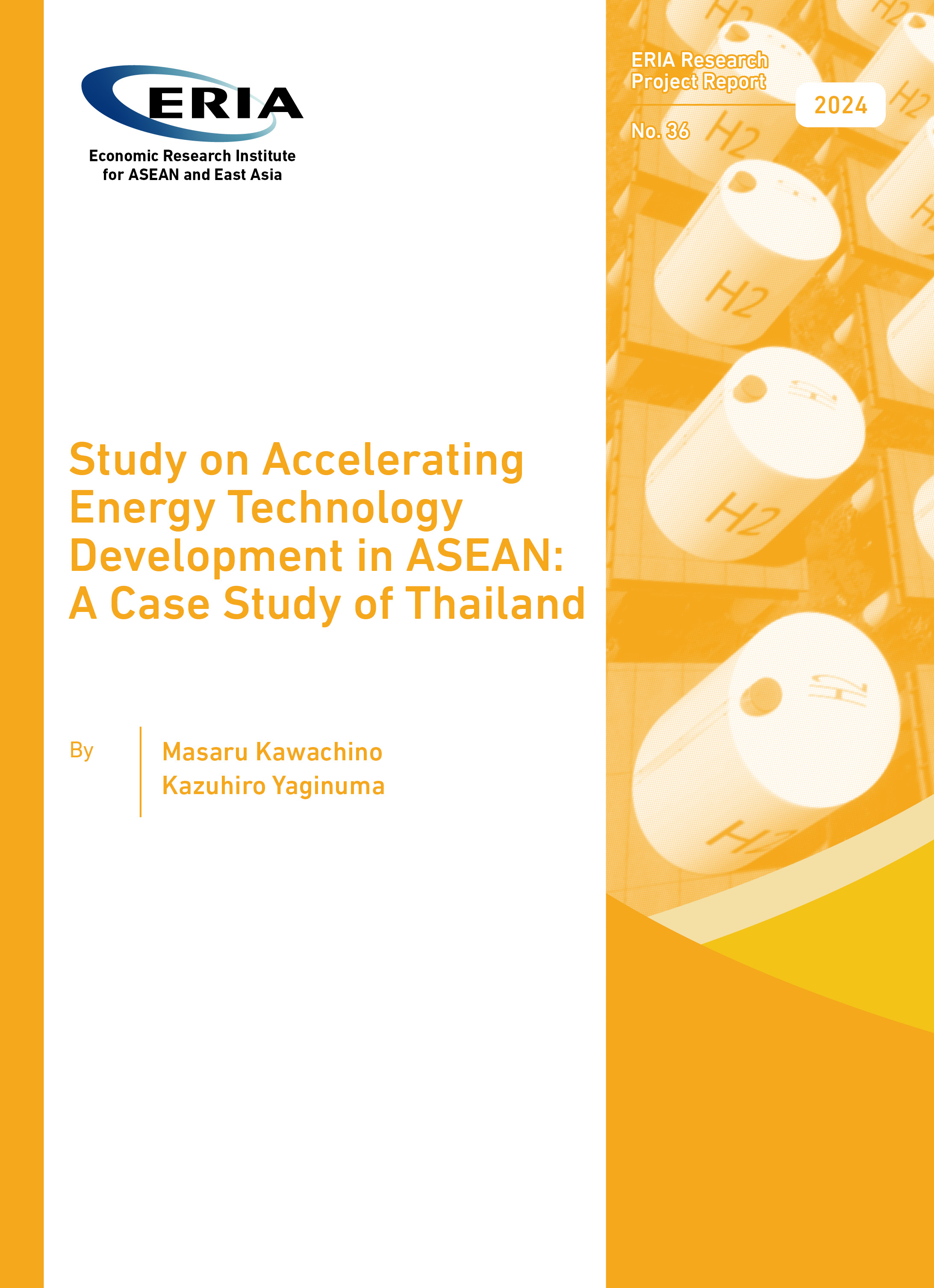Analysis of Distributed Energy Systems and Implications for Electrification: The Case of ASEAN Member States

Date:
5 December 2016Category:
ASEAN, Energy, InvestmentType:
Discussion PapersTags:
Investment, EnergyPrint Article:
The study of distributed energy systems (DES) in the Association of Southeast Asian Nations (ASEAN) highlights the potential role of DES to enhance electricity access and provide energy solutions as a modern energy system in response to increasing energy demand. This study grasps the overall status and policies of DES in selected ASEAN member states through literature survey and information exchanges from meetings and conferences within the region. The study also attempts to estimate the DES-related renewable energy capacity and investment needed for 2013-2040. At the ASEAN level, the estimates of DES-related renewable capacity and needed investment for combined renewable energy such as wind, solar photovoltaic (PV), geothermal, hydropower, and biomass will increase significantly from the investment opportunity of US$34 billion in the business-as-usual (BAU) scenario to US$56 billion in the alternative policy scenario (APS). At the same time, the application of DES-related renewable energy also implies reduced CO2 emissions of 46.1 million metric tonnes for BAU and 64.6 million metric tonnes for APS. Thailand's case study of DES in the form of small power producers (SPPs) and very small power producers (VSPPs) demonstrated the likelihood of DES expansion in ASEAN member states in the future. Finally, the study suggests that the DES-related investment opportunity is large, and will provide jobs and business opportunities to the community. DES is a modern generation system and its deployment will also help address the electricity supply shortage in ASEAN member states.




